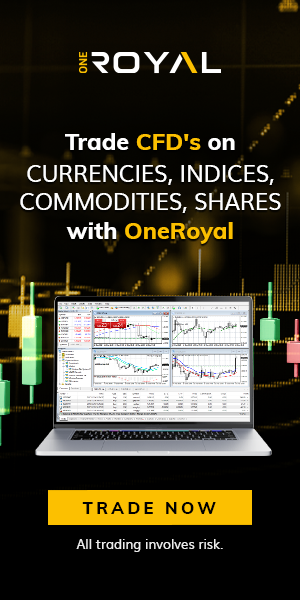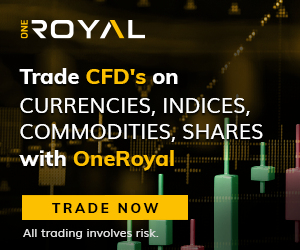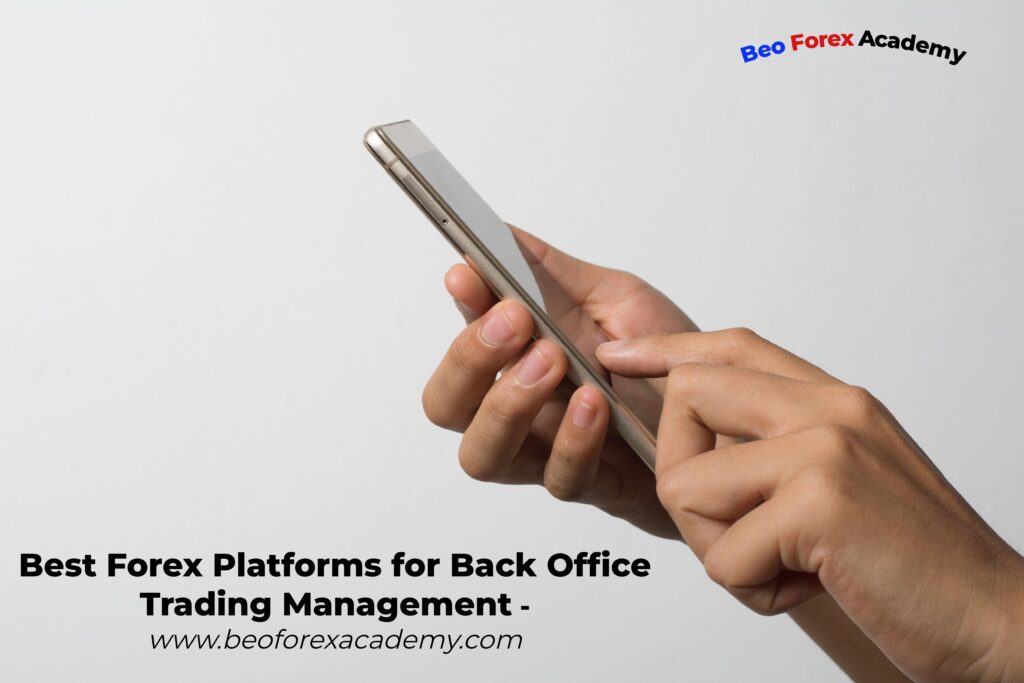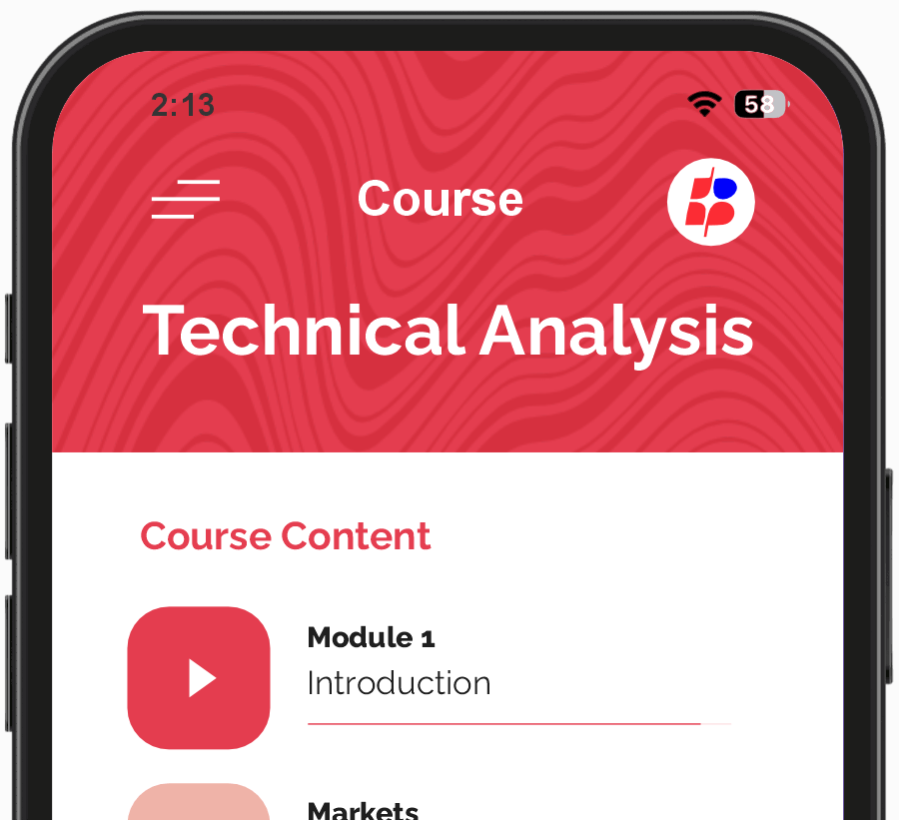Forex Platforms for Back office trading management is very important in the forex industry, as they ensures smooth operations, compliance, and data management for brokerages and institutional traders.
While the front office engages directly with markets and clients, the back office is the backbone, handling compliance, trade reconciliation, client management, and financial reporting.
The right back-office platform can streamline these operations, reduce manual errors, and ensure compliance with international regulations, providing a solid foundation for growth.
As forex brokerages seek to expand, choosing an effective back-office management platform becomes more than a logistical decision, it’s a strategic move that can impact client trust, operational efficiency, and the overall competitiveness of the firm.
In This Post
Forex Platforms for Back Office Trading Management
1. MetaTrader 5 (MT5) Administrator
MT5 is a very much used trading platform, and its back office module, MetaTrader Administrator, supports brokerages with account management, reporting, and order history management.
Features
-
- Client management and reporting tools
- Access to trading history, commissions, and user activity logs
- Customizable reporting and easy integration with risk management systems
Best for: Brokerages seeking a robust and highly integrated platform that supports both trading and back-office needs.
2. CTrader Back Office
CTrader is known for its trading interface that is user friendly as it also provides a comprehensive back office module tailored for brokers and institutional forex traders.
Features
-
- Full visibility into order management, transaction records, and client data
- Real-time and historical data tracking for compliance and auditing
- Customizable permissions for team members, adding a security layer to back office operations
Best for Brokerages looking for a visually intuitive platform with robust reporting capabilities.
3. FX Back Office
FX Back Office is a CRM and back-office management tool created specifically for the forex industry, making it a specialized choice.
Features
-
- KYC (Know Your Customer) and AML (Anti-Money Laundering) tools for regulatory compliance
- Comprehensive client management and reporting features
- Integration with MetaTrader and cTrader for seamless data flow between trading and back office operations
Best for Brokers that prioritize compliance and need CRM functionality combined with back-office features.
4. Broctagon NEXUS
Broctagon NEXUS is a multi-asset liquidity solution that also includes a powerful back office management system for brokers.
Features
-
- Advanced reporting and analytics for tracking trading volumes, profit/loss, and client metrics
- Liquidity management and aggregation to manage various asset classes
- Risk management tools to monitor and control exposure
Best for Brokerages dealing with multiple asset classes looking for an all-in-one back office and liquidity solution.
5. B2Core by B2Broker
B2Core is a flexible back office system that combines CRM and trader’s room functionality for forex and crypto brokers.
Features
-
- Centralized client management with detailed reporting and analytical capabilities
- Integration with multiple trading platforms, including MetaTrader and cTrader
- KYC and risk management tools for compliance
Best for brokers requiring multi-asset support with an emphasis on CRM features for customer engagement.
6. VertexFX Back Office
VertexFX is a full suite trading solution, and its back office component is particularly strong in client management and compliance.
Features
-
- Real-time trade monitoring, reporting, and client ledger management
- Order management with risk control options
- Integrated tools for compliance tracking, including AML and KYC
Best for Forex brokers that require detailed trade monitoring and advanced risk management features.
7. Integral FX Inside
Integral provides a comprehensive back-office solution designed for institutional forex traders and brokers, combining trading and back office functionalities.
Features
-
- Order and liquidity management, with real-time risk monitoring
- Customizable reporting, client onboarding, and trade reconciliation
- Multi-asset support with high flexibility for managing large client databases
Best for: Institutional brokers and asset managers who need robust tools for liquidity and order management.
8. Nexolink Back Office
Nexolink offers a back office system specifically for forex brokers, with an emphasis on compliance, client management, and reporting.
Features
-
- Centralized client management with CRM functionalities
- Real-time and historical data reports for performance and compliance monitoring
- Risk management tools and customizable reporting features
Best for Brokers seeking a dedicated back office platform that integrates well with regulatory requirements.
Considerations in Choosing a Forex Back Office Platform
Choosing the right forex back-office trading management platform is critical to ensuring smooth operations, regulatory compliance, and efficient client management. Here’s a closer look at each key consideration:
1. Integration
i. Seamless Compatibility with Trading Terminals: A top priority is finding a back-office platform that integrates smoothly with popular trading terminals, such as MetaTrader (MT4 and MT5) and cTrader.
A well-integrated platform allows for a seamless exchange of data between the trading front end and the back office, ensuring that trade data, client activities, and order management details sync in real-time.
ii. Data Accuracy and Efficiency: Integration minimizes manual data entry and reduces the chances of human error, which is especially important for financial records.
Look for platforms with APIs or direct integration capabilities that allow real-time data flow to maintain accuracy and streamline operations.
iii. Third-Party Compatibility: Beyond the trading terminal, compatibility with CRM tools, risk management systems, payment processors, and other essential third-party software is very inportant.
These integrations help consolidate all brokerage operations in a single interface, making it easier to oversee and manage.
2. Scalability
i. Accommodating Growth: A scalable platform can handle increasing transaction volumes, client accounts, and data storage as your brokerage grows.
If a platform lacks scalability, it could lead to system slowdowns or data management issues, which can negatively impact customer experience and operational efficiency.
ii. Flexible Resources: Look for cloud-based or hybrid solutions, as they often allow more flexibility in scaling resources up or down based on demand.
For example, if your client base expands quickly, a cloud-based platform may allow you to increase data storage and processing power without a complete system overhaul.
iii. Long-Term Viability: Ideally, the platform should support the introduction of new products, services, and trading instruments, as client demand evolves.
Scalability ensures that the platform remains viable for the brokerage over the long term, avoiding the need for costly migrations to a new system as the business expands.
3. Compliance
i. KYC (Know Your Customer) and AML (Anti-Money Laundering) Tools: Compliance is essential in the forex industry, as regulatory standards can vary across regions.
A strong back-office platform will have KYC and AML tools embedded to verify client identities, track suspicious activities, and ensure that the brokerage remains compliant with global regulatory requirements.
ii. Automated Reporting and Alerts: Compliance tools that provide automated reporting and real-time alerts help brokers stay ahead of regulatory requirements and notify them of any potential violations before they escalate.
This includes tracking large transactions, frequent withdrawals, and other activities that may require review.
iii. Adaptability to Changing Regulations: Forex regulations evolve, and your back-office platform must be adaptable to accommodate new standards.
A platform that supports configurable compliance settings allows your team to adjust the system as new rules come into play, reducing the risk of non-compliance and potential fines.
4. Customization
i. Reporting and Analytics: Customization options allow brokerages to generate reports that align with specific operational goals and compliance requirements.
Customizable reporting also supports better decision-making by providing insights into metrics such as client activity, revenue, and risk exposure.
ii. User Permissions and Access Control: A customizable permissions structure allows administrators to control user access to sensitive information.
With configurable access levels, brokers can safeguard sensitive data while empowering teams with the information they need to perform their roles effectively.
iii. Client Management and Interface Personalization: Look for platforms that allow personalized client profiles and customized interfaces.
This flexibility can help the brokerage offer a better customer experience, cater to unique client needs, and provide specialized support, contributing to higher client retention.
5. Cost
i. Upfront and Ongoing Expenses: Back-office platforms often come with licensing fees, subscription costs, and potential setup fees. Weigh the initial setup costs against the expected benefits and consider any ongoing maintenance or upgrade fees that may apply.
Choosing a platform with a flexible pricing model or one that aligns with your budget will ensure that it remains a viable solution.
ii. ROI (Return on Investment): To assess the platform’s ROI, evaluate how its features align with your brokerage’s objectives and the potential cost savings it may offer.
For example, automated reporting, streamlined client onboarding, and reduced compliance risks can all contribute to significant cost savings over time.
iii. Consider Hidden Costs: Some platforms may involve hidden costs for additional features or integrations.
Make sure you understand the full pricing structure to avoid unexpected expenses later on, especially if you need premium support, extra storage, or specific integrations.
Frequently Asked Questions
1. Why is back-office management so important for forex brokerages?
Back-office management is essential for handling key operational tasks like trade reconciliation, client data management, compliance, and financial reporting. A solid back-office system ensures these processes run smoothly, minimizes manual errors, and supports compliance with regulatory standards, which is crucial for maintaining client trust and avoiding legal issues.
2. What are the major features to look for in a forex back-office platform?
Essential features include integration capabilities with trading terminals (like MetaTrader and cTrader), scalability to accommodate growth, built-in compliance tools for KYC and AML, customizable reporting, and cost-effective pricing. These features help streamline operations, manage risk, and support regulatory compliance.
3. How does a back-office platform improve compliance in forex trading?
Many back-office platforms offer compliance tools, including KYC and AML checks, automated alerts for suspicious transactions, and regulatory reporting. These tools help brokerages meet local and international regulatory standards, reducing the risk of non-compliance, fines, and reputational damage.
4. Is it necessary for a back-office platform to integrate with my brokerage’s CRM?
Integration with a CRM is highly beneficial as it enables seamless data sharing between departments, improving client management and operational efficiency. When a back-office platform integrates with CRM and other systems, it helps create a cohesive workflow and reduces manual data entry.
5. What is the importance of scalability in a back-office platform?
Scalability allows a back-office platform to handle increasing transaction volumes and client accounts as the brokerage grows. A scalable platform can support the introduction of new products and services, adapting to business expansion without needing significant changes or upgrades.
6. How much should I budget for a forex back-office platform?
Costs vary based on platform features, setup fees, and subscription models. It’s essential to balance cost with features, choosing a platform that offers both functionality and affordability. Consider both the upfront and ongoing costs, as well as the potential ROI from improved efficiency and reduced regulatory risk.
7. What are the risks of using an outdated or insufficient back-office system?
Outdated systems may lack compliance features, scalability, and integration capabilities, leading to inefficiencies, data inaccuracies, and increased risk of non-compliance. An inadequate system can hinder business growth, damage client trust, and potentially result in costly regulatory fines.
Conclusion
The forex market’s complexities demand a back-office platform that can adapt to evolving regulations, scale with business growth, and support a seamless integration of front and back office functions.
As brokerages expand and regulatory landscapes shift, an agile back-office system is needed for remaining competitive and compliant.
So selecting the right platform enables brokerages to focus on client relations and market strategies rather than operational concerns.
Most importantly, a robust back-office management solution lays the groundwork for a brokerage’s long-term success, ensuring reliability, transparency, and compliance in an increasingly complex trading environment.




